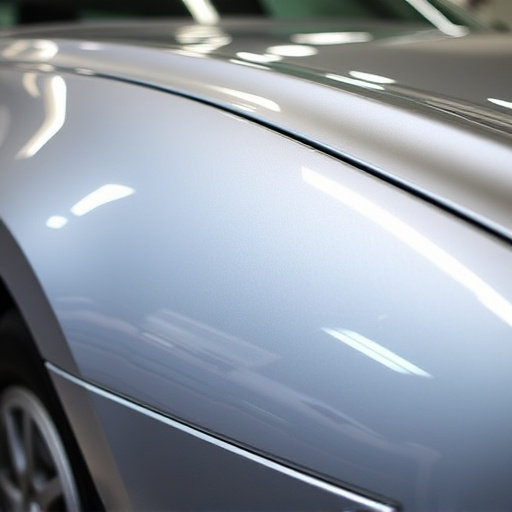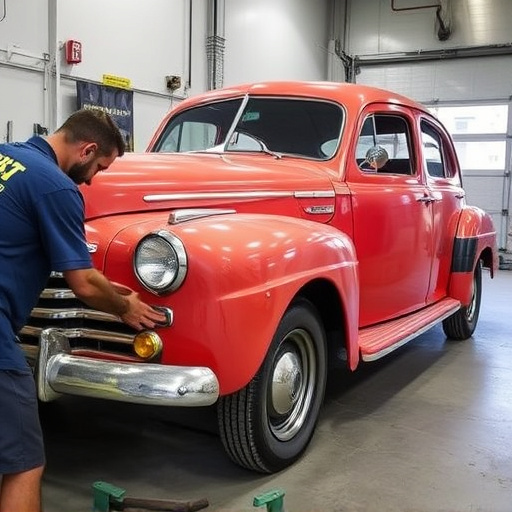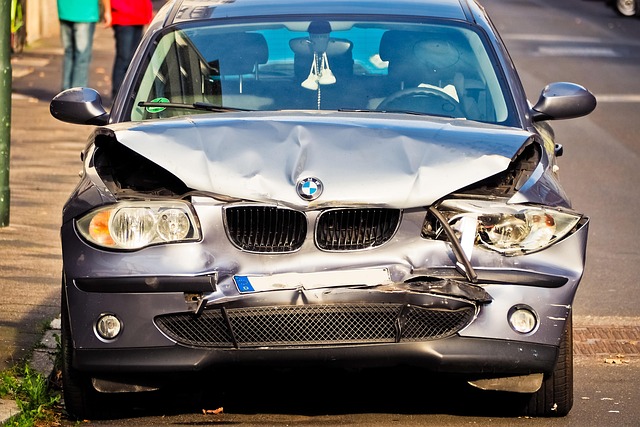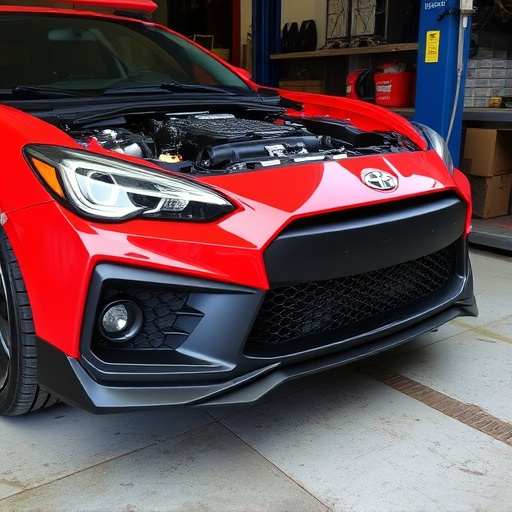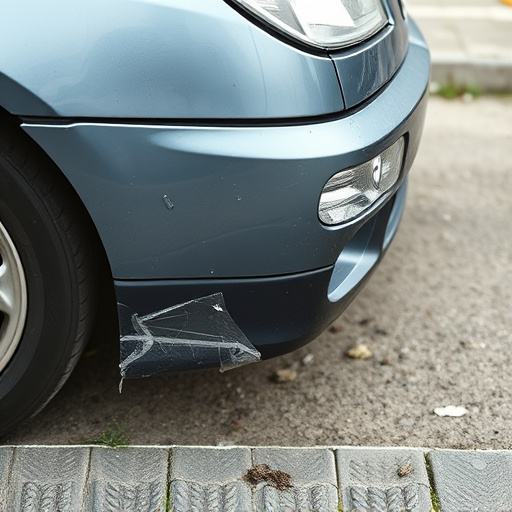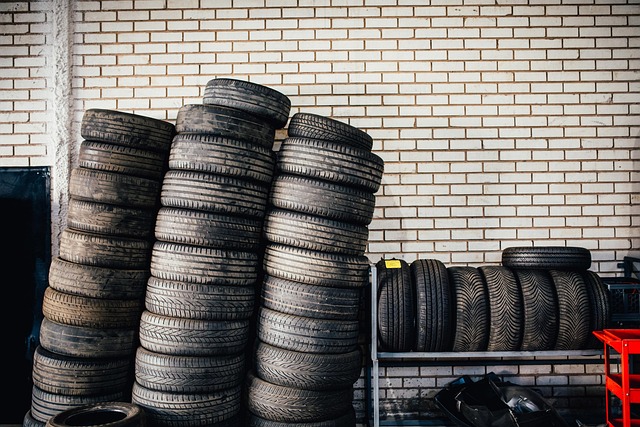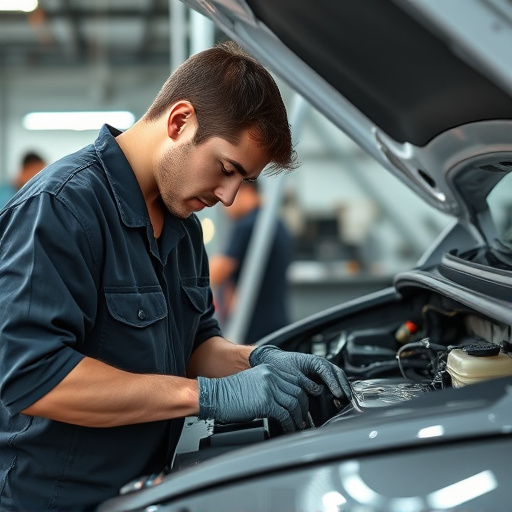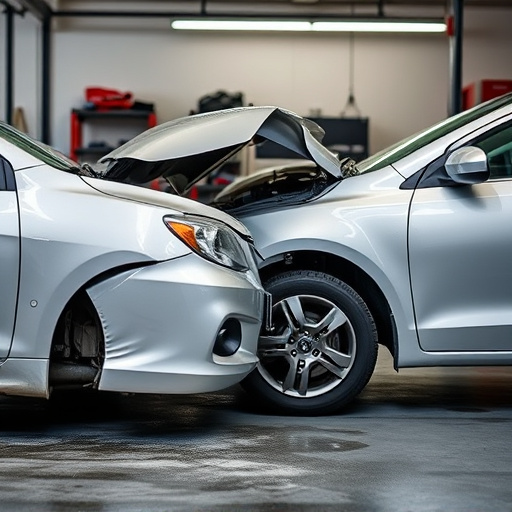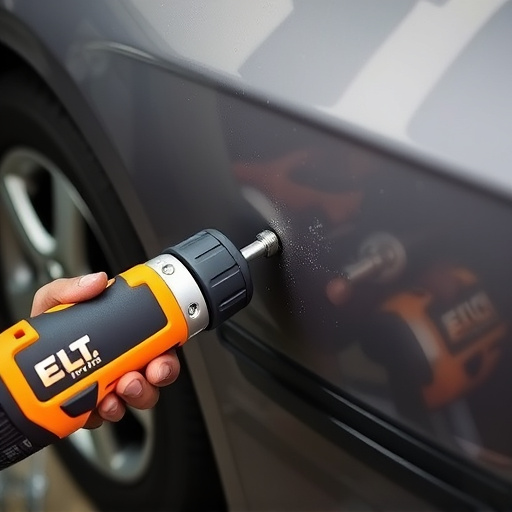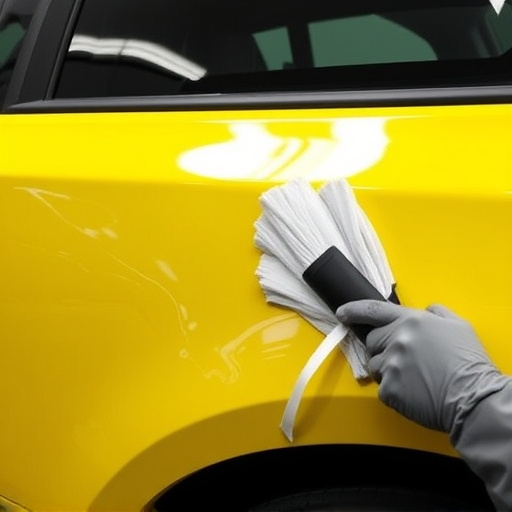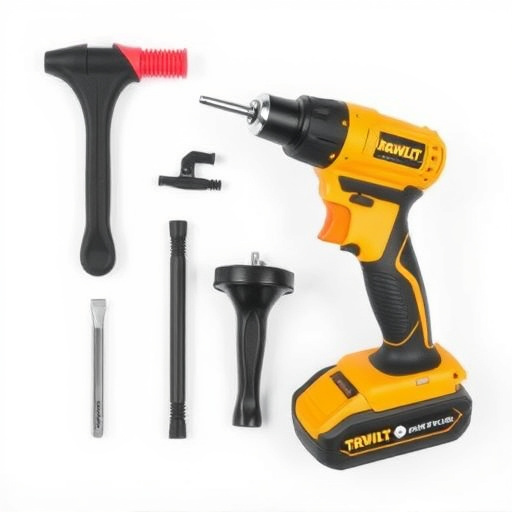Vehicle design plays a direct role in pedestrian safety features repair. Modern cars feature rounded edges, crumple zones, and advanced lighting for better impact absorption and driver visibility. Auto repair experts preserve structural integrity while enhancing safety through meticulous techniques, ensuring safer roads by addressing collision damage effectively, especially in critical areas related to pedestrian protection.
Vehicle design plays a pivotal role in shaping pedestrian safety, with each innovation or modification impacting how walkers interact with roads. This article delves into the intricate relationship between vehicle engineering and pedestrian well-being, focusing on key safety features designed to protect walkers. Furthermore, it explores repairs and improvements post-accidents, emphasizing the importance of enhancing safety measures beyond initial design. By understanding these dynamics, we can foster a more secure environment for pedestrians in today’s automotive landscape.
- Understanding Vehicle Design Impact on Pedestrians
- Key Safety Features: Design to Protect Walkers
- Repair and Improvement: Enhancing Pedestrian Safety After Accidents
Understanding Vehicle Design Impact on Pedestrians

The design of a vehicle plays a significant role in shaping pedestrian safety features and repair outcomes. Modern cars are designed with advanced safety mechanisms integrated into their structures, which can have a profound impact on how they interact with pedestrians. For instance, the shape of a car’s exterior, including its roof lines and surface contours, influences the severity of injuries sustained by pedestrians during collisions. Rounded or curved edges tend to absorb impact energy better than sharp angles, reducing the risk of severe head injuries for pedestrians struck by vehicles.
Automotive restoration experts and collision repair shops are well-versed in these design considerations. They employ specialized techniques to ensure that vehicles, after repairs or modifications, maintain their structural integrity while enhancing pedestrian safety. This involves meticulous attention to detail during the repair process, such as aligning car bodywork precisely and using high-quality materials to restore structural strength. By understanding how vehicle design interacts with pedestrians, these professionals contribute to creating safer roads for everyone.
Key Safety Features: Design to Protect Walkers

Vehicle design plays a pivotal role in enhancing pedestrian safety features and repairs. Key safety features are designed to protect walkers on the road, with many innovations focused on reducing impact forces during collisions. Advanced technologies like crumple zones, airbags, and robust frames absorb energy, minimizing harm to both occupants and pedestrians. Additionally, modern designs incorporate improved lighting systems, reflective materials, and sensor technology that aid in driver visibility and response time, thereby preventing accidents before they occur.
Auto repair services often deal with the aftermath of such incidents, where specialized skills, like dent removal and collision repair, are required to restore vehicles to their pre-accident condition. While these repairs are essential for safety standards and vehicle longevity, the ultimate goal is to prevent accidents through thoughtful initial design that prioritizes pedestrian safety features repair, ultimately making roads safer for everyone.
Repair and Improvement: Enhancing Pedestrian Safety After Accidents

After a vehicle collision, the state of the vehicle’s body and its components plays a pivotal role in determining the level of pedestrian safety features repair required. In many cases, even minor accidents can cause significant damage to critical areas like impact zones, headlamps, and side mirrors—all of which directly affect the safety of pedestrians. Repairs not only involve fixing structural damage but also replacing or upgrading components that have been compromised.
For fleet repair services, ensuring pedestrian safety features repair is a top priority. Professional mechanics specialize in assessing and rectifying issues related to front-end geometry, airbag systems, and collision sensors. By thoroughly repairing and, when necessary, retrofitting vehicles with advanced safety technologies, these services contribute to minimizing risks for pedestrians. Such proactive measures not only enhance road safety but also help maintain the overall efficiency and operational readiness of the vehicle fleet.
Vehicle design plays a pivotal role in shaping pedestrian safety, with key features engineered to protect walkers. However, accidents do occur, leading to the need for effective repairs and improvements that enhance overall safety. By understanding the impact of vehicle design and prioritizing pedestrian safety features repair, we can create roads more secure for everyone, ensuring both the resilience of our vehicles and the well-being of those who traverse them on foot.
